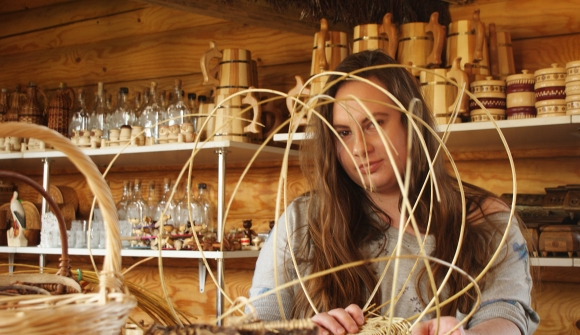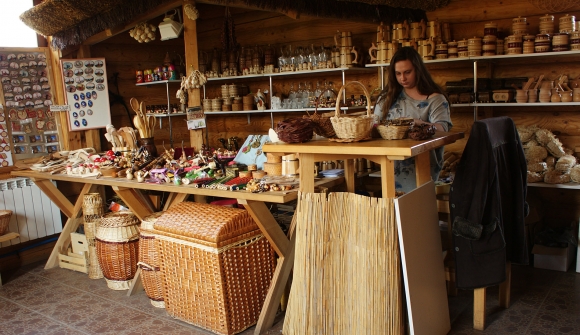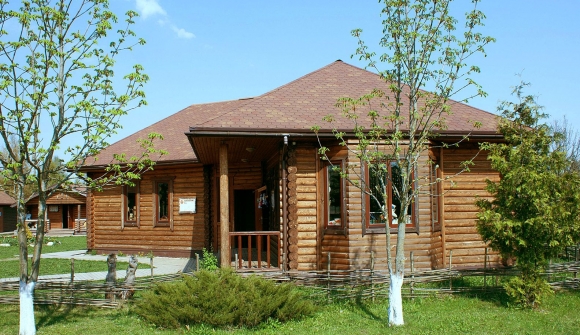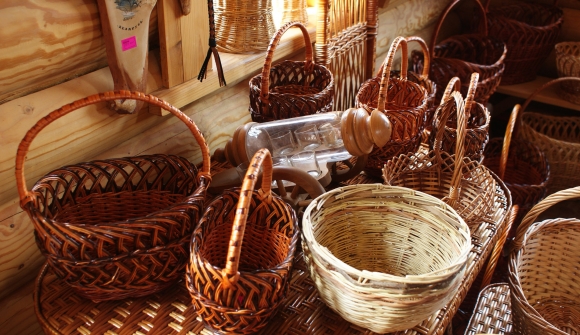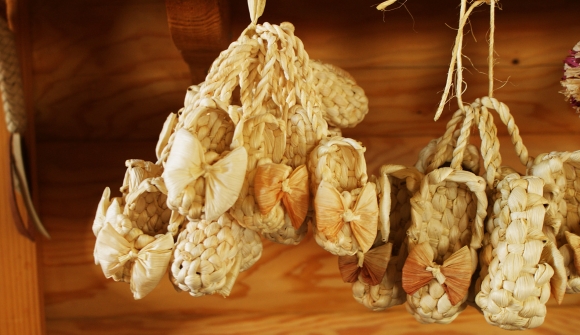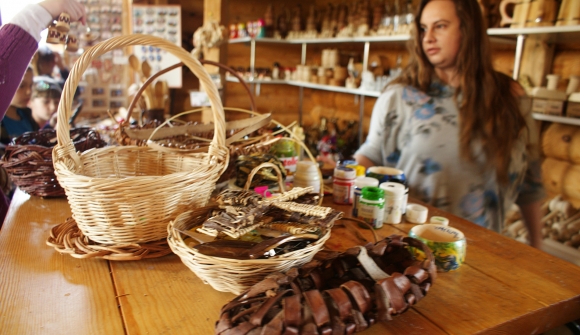Willow Weaving Workshop
Willow weaving is one ofthe most ancient craft that has been preserved till modern times almost withoutany changes. It appeared even earlier than weaving. In fact, the prototype offabric was represented by mats made from stems of different herbs. 







Indeed, the oldest surviving wickers are considered to be the chairs found in the tomb of the famous Egyptian Pharaoh Tutankhamen (1351-1342 B.C.). Ancient Romans also used furniture made from twigs and roots, and warriors of Spartacus army made from them light and durable battle shields (74-71 B.C.)
The art of willow weaving became especially popular in the Middle Ages. Artists of the Renaissance period quiet often depicted wickers in their pictures.
In Belarus people weaved different in their form and purpose articles. With willow they erected dwellings and household buildings, made fences, bodies of sledges and carriages, dishes. Even fishing nets and traps for birds and animals were weaved from willow.
In 18th-19th c. articles form willow appeared to be in great demand in towns. People started to whiten, dye and even gild and silver the willow. Baskets, prams, cradles, toys, tiny baskets for needlework, travelling boxes, suitcases, caskets, furniture and even carpets weaved from willow served to decorate human everyday life.
Preparation of Material
Willow, rod, reed mace and cane are the main materials for weaving. However, more often for manufacturing wickers man uses willow twigs.
From the end of summer up to the beginning of sap flow in spring craftsmen walk along shores of rivers and lakes in the search of appropriate twigs. Willow picked up in spring differs in color from the one picked up in autumn. The latter has a pleasant brown shade and the former remains white. If the willow has been picked up in winter it is necessary to boil it to ease the removing of bark.
Twigs suitable for weaving should be long, thin, flexible and should have smooth surface. To understand whether it is suitable or not, man winds the twig round the finger several times. If the twig doesn’t break it suits for weaving. To make willow twigs more elastic, they are soaked in water for 30-40 minutes before the work. Man puts softened willow in a plastic bag or wraps it in a piece of wet fabric so that this willow doesn’t dry up too fast. 
Basic Willow Weaving Techniques
There are four basic weaving techniques: in the form of wicker, cord, check and fir.
Weaving in the form of wicker is the simplest type of willow weaving used in manufacturing household baskets. Weaving in the form of cord is carried out simultaneously with two cross strips which are wound round base elements. An article weaved with the use of such technique is appeared to be very durable. Weaving in the form of check is the most easy-to-use type which resembles as a result textile goods. Due to its symmetric form this technique makes it possible to design and create almost all kinds of articles. Weaving in the form of fir is more complicated but expressive and helps to get more dense pattern.
«Belaruski koshik» (Belarusian basket)
Weaving of baskets was spread quite widely in Belarus. People weaved baskets of absolutely different forms and sizes. Double-hoop basket which in many countries is called «Belarusian» is appeared to be one of the most familiar articles made from willow. The base of such basket is represented by two hoops bounded with one another with the help of dense weaved element made from willow strips or twigs and which is called «star». |
Master
|
|
+ 375 17 133-07-47
Phone/Fax |
+ 375 29 602-52-50
|
|
+ 375 17 132-11-77
Phone/Fax |
+ 375 29 603-52-50
|
| Download Particulars | info@dudutki.by |
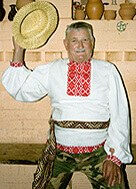
|
We invite you to visit us
on Friday till Sunday
Monday till Thursday are a day off
|
|
Mo-Th: days off
Fr-Sun: 1000 - 1800 (enter till 1700)
Dogs are not allowed
|


